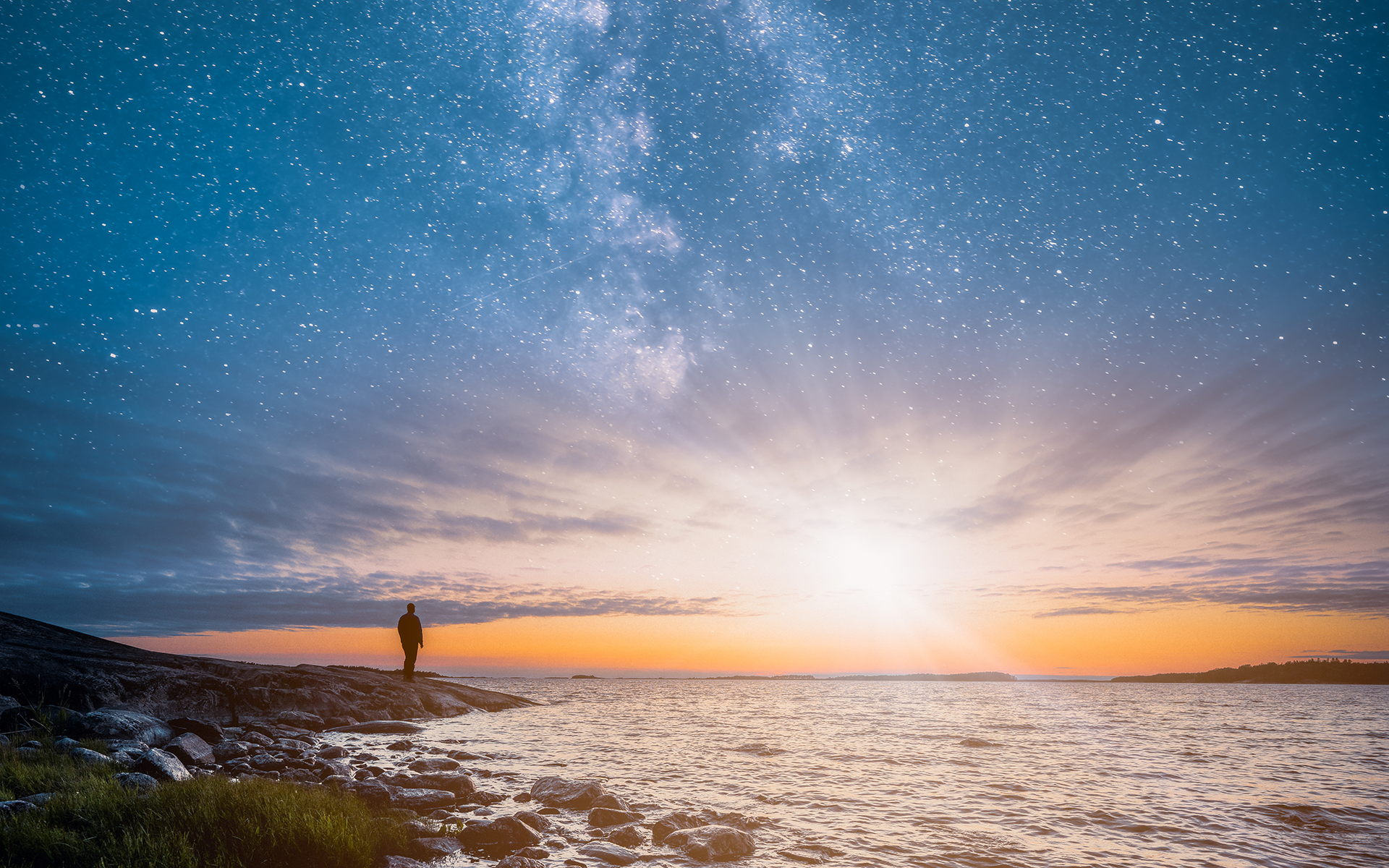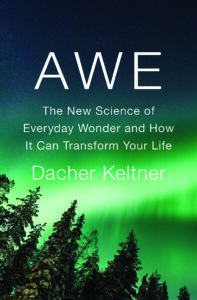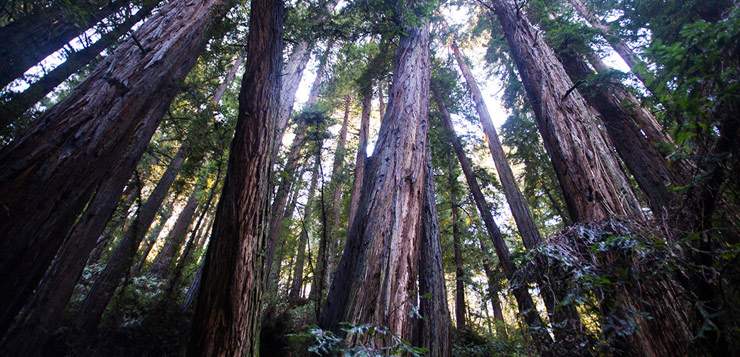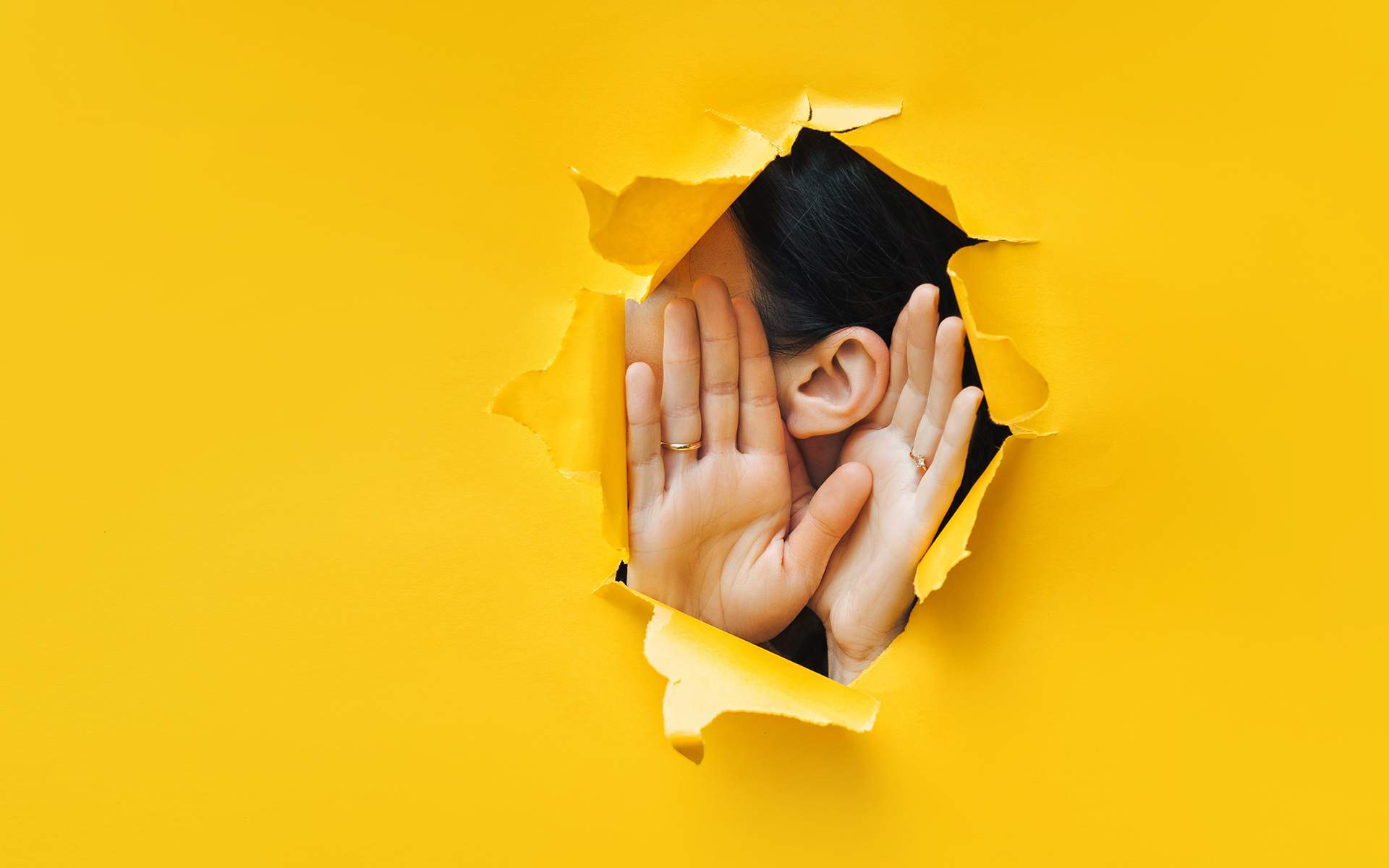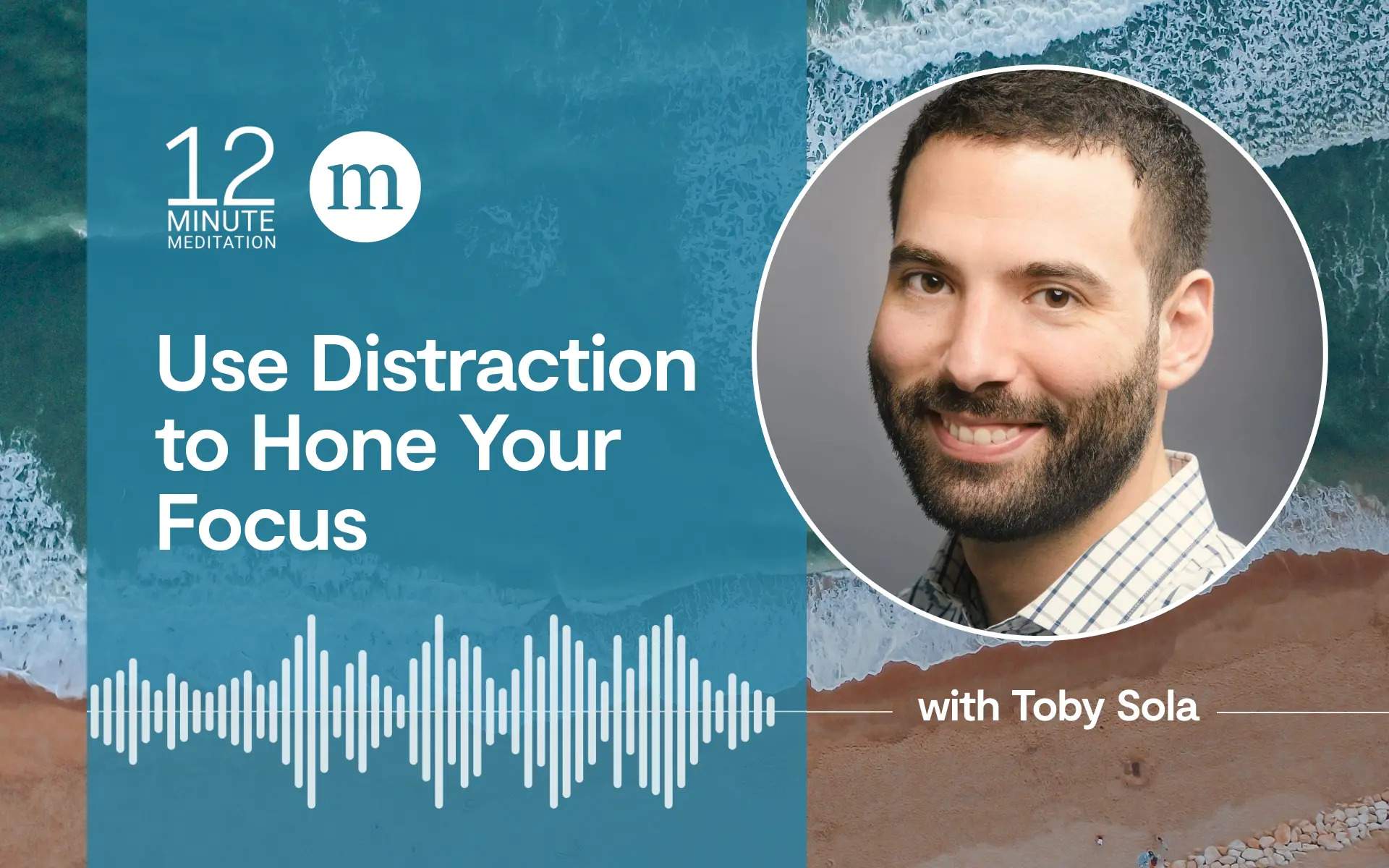On a blustery January say in 2019, I looked at my iPhone on my gym bag. Two texts.
From my brother’s wife, Kim:
Can you come here as fast as possible?
Fifteen minutes later from my mom:
It’s over. Rolf took the cocktail. He is leaving us.
Rolf is my younger brother, born a year after me in a small clinic in Jalisco, Mexico. The “cocktail” was the end of-life opiates he took, which usually ends a human life in an hour or two.
I picked up my wife, Mollie, and our daughters, Natalie and Serafina, in Berkeley, then my mom in Sacramento. We arrived at Rolf and Kim’s home in the foothills of the Sierras at 10:00 p.m.
Rolf was in a bed downstairs, lying on his stomach and right cheek, his head tilted upward. My dad held his foot. I leaned in near his midsection. My mom stroked his thin hair.
Rolf’s face was full and flushed. The sunken eyes and gaunt cheeks caused by colon cancer were gone; the tightened skin around his mouth smoothed. His lips curled upward at the corners.
I rested my right hand on his left shoulder, a rounded protrusion of bone. I held it the way I would the smooth granite stones we used to find near the rivers we swam in as young brothers.
Rolf… This is Dach…
You are the best brother in the world, I said.
My daughter Natalie laid her hand lightly on his shoulder blades:
We love you, Rolf.
The cycle of his breathing slowed. He was listening. Aware.
Listening to Rolf’s breath, I sensed the vast expanse of 55 years of our brotherhood, a brotherhood of awe. Roaming Laurel Canyon in the late ’60s and skateboarding through the Volkswagen-lined streets. In our adolescence and young adulthood, walking the wild foothills of the Sierras, exultant trips to Mexico, and then becoming teachers and fathers to daughters.
A light radiated from Rolf’s face, pulsating in concentric circles, spreading outward, touching us. The chatter in my mind, clasping words about the stages of colon cancer and survival rates, faded. I could sense a force around his body pulling him away. And questions in my mind:
What is Rolf thinking?
What is he feeling?
What does it mean for him to die?
A voice in my mind said:
I feel awe.
Key Summary
What is Wonder? A positive emotion characterized by feelings of surprise, curiosity, and awe when encountering something novel or beyond current understanding.
Scientific Benefits of Wonder:
- Activates reward centers in the brain
- Reduces stress and inflammatory markers
- Enhances cognitive flexibility and learning
- Fosters connection with others and the world
Cultivating Wonder:
- Practicing openness to new experiences
- Mindful observation of everyday phenomena
- Engaging with nature, art, and big questions
- Adopting a beginner’s mind approach
Research Findings: Wonder has been linked to increased prosocial behavior, greater life satisfaction, and better health outcomes.
Science Finds Awe
Awe is the emotion that arises when we encounter vast mysteries that transcend our understanding of the world. My research from 26 cultures shows that people find awe in the “eight wonders of life,” which are: the moral beauty of others, collective movement, nature, visual design, music, spirituality, big ideas, and encountering the beginning and end of life. Knowing that watching the end of life is a universal wonder soothed me as I watched my brother die.
A new science of awe has charted how awe transforms the self, rendering it small, quiet, and humble. In one study, when travelers from 42 countries were stopped in Yosemite Valley and asked to draw a picture of themselves, the images they drew were considerably smaller than those drawn by participants at bustling and entertaining Fisherman’s Wharf. Even the ego-related regions of the brain—together referred to as the default mode network are deactivated during awe.
A new science of awe has charted how awe transforms the self, rendering it small, quiet, and humble.
Awe opens our minds to the truth that we as individuals are part of something much larger than the self. For example, when participants standing near a large replica of a T-Rex skeleton filled in the sentence stem “I am _” in 20 different ways, they were less likely than participants in a control condition to define themselves in terms of individual desires and preferences, and more likely to define themselves in terms of shared qualities with others.
Awe unleashes what William James called the “saintly tendencies” of religious experience—sharing, cooperation, and care. In one study, after looking up at an awe-inspiring grove of tall eucalyptus trees, participants picked up more pens dropped by a stranger nearby. Awe is registered in bodily responses—perhaps the kind that led Walt Whitman to observe: “If the soul is not in the body, then where is the soul?” Experiences of awe activate the vagus nerve, which wanders from the top of your spinal cord through your throat, heart, lungs, and digestive organs. Awe slows your heart rate, orients your attention toward others, and prompts you to explore and engage with the world. Awe’s effects on the lacrimal glands (tear ducts) make our eyes well up with tears that studies find are accompanied by a sense of shared identity with others. Awe is associated with a goose-tingling sensation in your arms and at the back of your neck—perhaps the bodily register of Kundalini in yoga—that arises in many social mammals, including humans, when responding to peril together. Awe is a basic state of mind, a primary form of consciousness. We can find it, other studies would suggest, readily. There is everyday awe to enjoy.
Awe slows your heart rate, orients your attention toward others, and prompts you to explore and engage with the world.
In the grief that followed Rolf’s passing, I would regularly jolt awake before dawn, gasping. My body ran hot. I ached physically. I felt sluggish, vague, and confused. This profile is familiar to many in the depths of grief and can resemble the correlates of a deep depression. I felt aweless. An urgent voice called out in my mind: Find awe.
Knowing, from my research, that awe can reduce stress, loneliness, and physical distress, and bring one a sense of expanded time, perspective, and connection, I went in search of awe. I relied on the eight wonders of life as a roadmap, and a mindset I developed with Mindful’s Heather Hurlock in our creation of “the awe walk”—to seek out mystery and go where one might rediscover a childlike sense of wonder.
Moral Beauty on the Inside
The most universal source of awe, our research finds, is the moral beauty of others, when we are moved and touched by others’ kindness, courage, and ability to overcome adversity.
My brother Rolf had been my source of moral beauty—his instinctive tenderness, intolerance of bullies, and physical courage always oriented me toward the good. His passing left me adrift. I found moral beauty again in an inmate-led restorative justice (RJ) program in San Quentin prison, centered on bringing about acknowledgment and forgiveness in contexts of deep harm.
At the center of RJ is the talking circle, led by facilitators serving time. In those that I participated in, the men in blue (inmates) and I would sit in a circle and take turns speaking on topics like: feelings of shame and remorse; the family member they have let down; a cellmate dying in his 50s; the grace of God; an upcoming appearance before the parole board; the latest thinking on sentencing laws.
One of the facilitators of RJ in San Quentin is now my friend—Louis Scott, in prison for life. Louis was transformed by an idea: to cultivate an awareness of the moral beauty of prisoners through restorative justice, his radio show, and the San Quentin News, which he helped edit. Our need for moral beauty arises in every context, including the dehumanizing confines of prison.
At the end of one day of RJ inside San Quentin, 180 of us, almost all men in blue, stood together in a quiet moment of shared attention, itself awe-inspiring, reciting the tenets of RJ. This recital ended with:
I pledge to be an instrument of restoration, of reconciliation and forgiveness.
At “forgiveness,” Louis and I broke a rule: We embraced, at a slightly oblique angle, Louis leaning a shoulder into my chest, both of us crying tears of common humanity.
I actively practice the awe of moral beauty, contemplating a mentor, or the kindness of strangers in the streets, or the symphonies of laughter of children.
That kind of embrace was the last real touch between Rolf and me. A couple weeks before he died in his home, he had given each of us gifts, telling stories about the place of our moral beauty in his life. My gift was a French Opinel picnic knife, whose wooden handle I touch often, thinking of his hands. Rolf shuffled to his kitchen and I followed, where we embraced. For only two or three seconds. But it felt longer, lost as I was in taking in through tactile contact his embodiment of moral beauty. As we released, he looked to the ground and said:
We made our way.
What I remember today is feeling his chest and shoulder leaning in to mine, his large hands on my shoulder blades, and the feelings of awe that ensued. Today, I actively practice the awe of moral beauty, contemplating a mentor, or the kindness of strangers in the streets, or the symphonies of laughter of children. In practicing awe in this way, I still feel that last touch of Rolf, and am sent down webs of memories of Rolf’s moral beauty—his humanity, his courage, his sense of fairness and justice. I am moved by a force—his spirit—to bring a little more good to our world.
Adapted from Awe by Dacher Keltner. Reprinted by arrangement with Penguin Press, a member of Penguin Group (USA) LLC, A Penguin Random House Company. Copyright © Dacher Keltner, 2023.
read more
An Awe Walk in Muir Woods
Tap into a deeper sense of purpose and well-being with the first VR meditation of its kind—A 360 guided mindfulness practice through Muir Woods National Monument.
Read More
Why Our Brains Love Gossip
Dacher Keltner, director of the Berkeley Social Interaction Lab, explains how gossip can be a social practice that works for the greater good.
Read More
How Nature Boosts Kindness, Happiness, and Creativity
We are spending more time indoors and online. But recent studies suggest that nature can help our brains and bodies to stay healthy.
Read More


